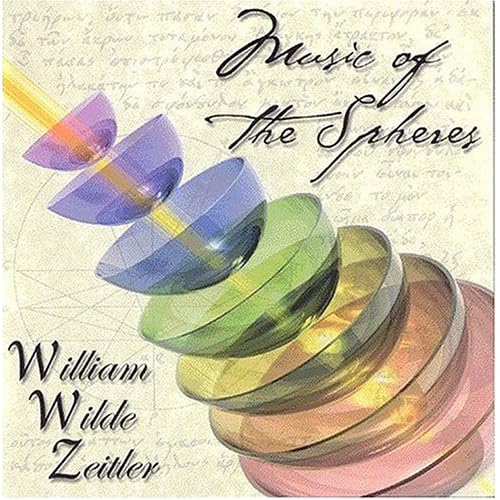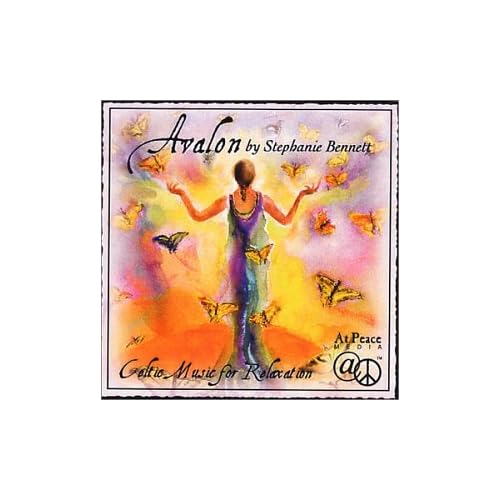
The original concept of the "Music of the Spheres" is credited to Pythagoras (c.569-475 BC), a musical-mathematical-mystic, but its first surviving written account appears in Plato (c.427-347 BC). At the end of his Republic, Plato gives a tour of the afterlife and a view of the planetary spheres. But for Plato they aren't true spheres, they are giant "hemispheres", nested inside of each other with just the rims exposed, all rotating on a spindle of light. A Siren is assigned to each rim, singing a single note. In short, in Plato's view, the Cosmos is an enormous glass armonica in the sky! If Plato's Sirens had merely touched the hemispheres' rims with moistened fingers instead of singing, we'd be crediting Plato with the invention of the glass armonica instead of Benjamin Franklin (1706-1790).
Thursday, May 31, 2007
Music of the Spheres
at 6:56 AM
Folk Music from Croatia

Good Croatian folklore music is very difficult to find in America. And this album by Veritas is extremely accurate to the original tombura music I remember as a child.
at 6:53 AM
Avalon - Celtic music for massage/relaxation

Simply lovely. The best way to describe this CD would be to say Celtic music meets new age. But even that description doesn't do justice to the music. Ms Bennet, who is both a virtuoso harp player and composer and has written and performed a series of hauntingly beautiful tunes that have the trance like quality of the best new age music, but at the same time reveal greater depth than any other new age music I've ever heard. This CD should appeal to both fans of new age and Celtic music.
at 6:51 AM
Serenity Suite: Music & Nature

If it hadn't been for keyboardist Steve Halpern, the New Age genre may never have been born. His 1975 release, Spectrum Suite, marked the debut of a music whose compositional structure was free and intended for relaxation. Halpern built an entire career around this concept and thanks to his serenely inspired tinkling, along with the genre it spawned, thousands of listeners have found a musical way to unwind and heal from the stresses of life. Nowhere is this more apparent than on Halpern's Serenity Suite, a 1999 release that marries the sounds of tweeting birds and mountain streams with a gentle piano and warm electric keyboards. It's like a soundtrack to a camping trip, or rather, it captures the quiet contentment you experience when camping. Select tracks include airy flute, harp, and violin, which flow effortlessly within Halpern's pleasant atmosphere like stream water over mossy rocks. This album isn't for those who crinkle their nose at New Age music, but it certainly is for those interested in achieving serenity.
at 6:48 AM
Medieval Dance Music

Medieval literature abounds with references to dancing, yet less than fifty dances are documented before 1400 A.D.and still survive today. Much of the music performed by medieval minstrels was improvised and often performed with a combination of instruments such as the oud (lute)and the rebec which were introduced to Europe by Arabs as early as the 8th century. By Drawing on tradition and reproduced using combinations of reconstructed medieval instruments and eastern instruments virtually unaltered since the middle ages, the aim of this album is to recreate the essence of medieval dance music and the exciting art of the medieval minstrel.
at 6:40 AM